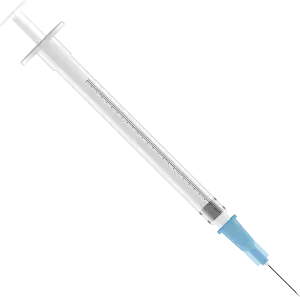Unveiling the Common Problems with Ideal Implants: A Health Concern Guide

Ideal Implants are a type of saline-filled breast implant that aim to provide a natural look and feel without the use of silicone gel. They consist of a series of implant shells nested together to control the movement of the saline filler. Unlike traditional saline implants, Ideal Implants have an internal structure designed to reduce sloshing and give a more realistic appearance. This innovative design has gained popularity among women seeking breast augmentation procedures as they offer a compromise between the natural feel of silicone implants and the peace of mind of saline implants.
Rupture Risk
Ideal Implants are designed with a series of implant shells nested together to control saline movement and support the implant edges. Despite this innovative design, there is still a risk of rupture. Studies have shown that the rupture rate for Ideal Implants is around 2.1% at 8 years post-surgery, which is higher than silicone gel implants but lower than traditional saline implants. Ruptures can occur due to trauma, surgical error, or natural wear and tear over time. It is important for patients to be aware of this risk and monitor their implants regularly for any changes in size, shape, or firmness. Regular follow-up appointments with a healthcare provider are crucial to detect and address any ruptures promptly.
Capsular Contracture
Capsular contracture is a common complication with Ideal Implants, occurring when the scar tissue around the implant tightens and squeezes the implant. This can lead to discomfort, distortion in breast shape, and in severe cases, pain. The risk of capsular contracture can increase over time and may require additional surgery to correct. Regular monitoring by a healthcare provider is essential to detect any signs of capsular contracture early on for prompt intervention.
Implant Wrinkling or Rippling
One common problem associated with Ideal Implants is implant wrinkling or rippling. This issue can occur when the implant folds or ripples, creating visible irregularities on the surface of the breast. Factors such as thin skin, inadequate tissue coverage, and implant placement can contribute to this problem. While some degree of wrinkling or rippling may be normal, excessive wrinkling can be aesthetically displeasing and may require corrective surgery. Patients should discuss their concerns with their plastic surgeon to determine the best course of action for addressing implant wrinkling or rippling.
Size Limitations
Ideal Implants, while offering a natural look and feel, do have size limitations that patients should be aware of. Due to their structured design, the range of sizes available may not be as extensive as with traditional silicone or saline implants. This could potentially limit the options for individuals seeking very large or very small implants. It is important for patients to discuss their desired size with their surgeon to ensure that Ideal Implants can accommodate their preferences within the available size range. Understanding these limitations can help manage expectations and ensure satisfaction with the final results.
Surgical Complications
Surgical complications associated with Ideal Implants can include infection, hematoma (collection of blood around the implant), and changes in nipple sensation. In rare cases, patients may experience issues such as implant malposition or asymmetry, which may require additional surgical intervention to correct. It is crucial for individuals considering Ideal Implants to be aware of these potential complications and discuss them thoroughly with their healthcare provider before undergoing surgery.
Follow-up Procedures
Follow-up procedures are essential for maintaining the health and integrity of Ideal Implants. Regular check-ups with your surgeon are recommended to monitor the implants and ensure they are functioning properly. Imaging tests, such as MRI scans, may be necessary to detect any issues early on. It is crucial to report any changes or concerns to your healthcare provider promptly. By staying proactive with follow-up procedures, you can address any potential problems swiftly and maintain the longevity of your Ideal Implants.
Published: 28. 03. 2024
Category: Health



